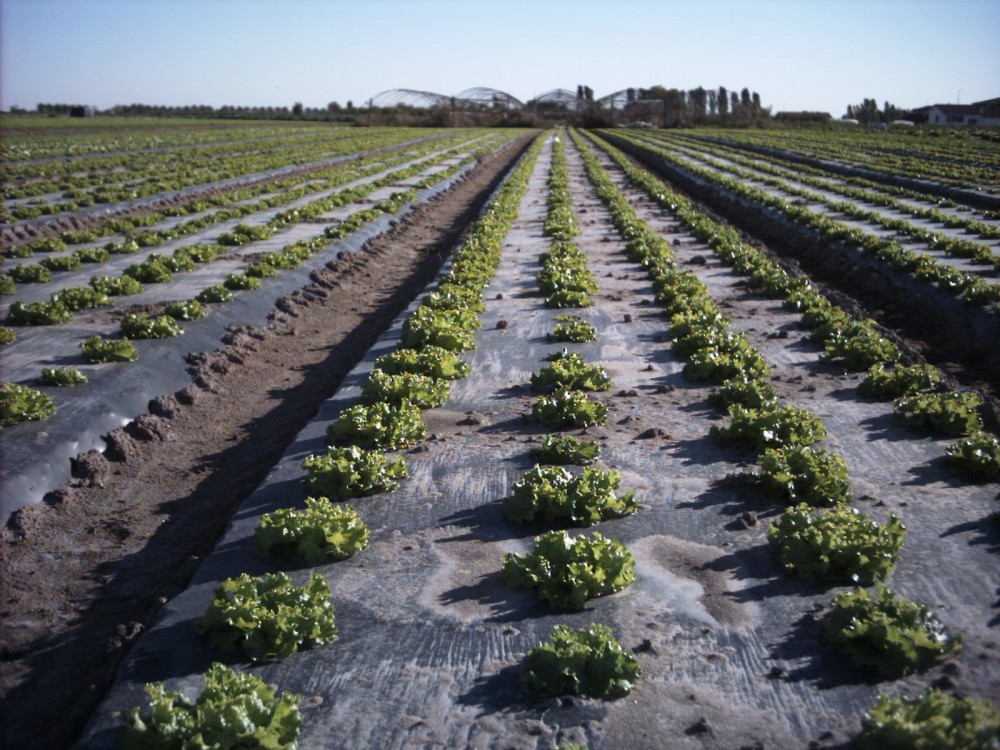The Environmental Horrors of Plasticulture
Plastics are used in almost every facet of modern day life. Found in packaging, clothing, furniture, microchips and even medical equipment, these imperishable materials are being produced at alarming rates. Polyethylene, one of the world’s most popular and dangerous plastics, is even applied in agriculture as a cheap solution in crop care. Once celebrated for strengthening the global food supply, these agricultural films are now known to severely degrade natural capital and the ecological services we depend on for sustenance.
.
.
The application of razor-thin sheets of polyethylene film across farmland began in the 1950s when agronomists noticed that it could successfully moderate soil temperature, limit weed growth and prevent moisture loss.…

